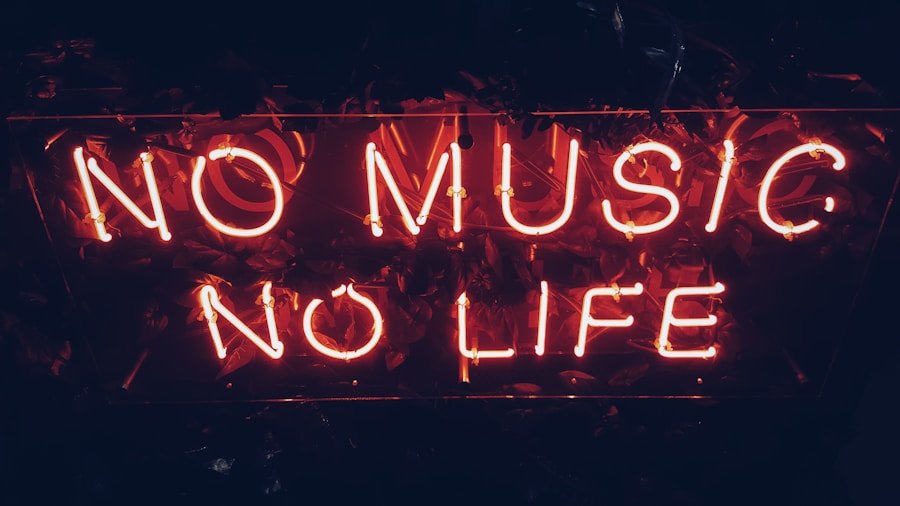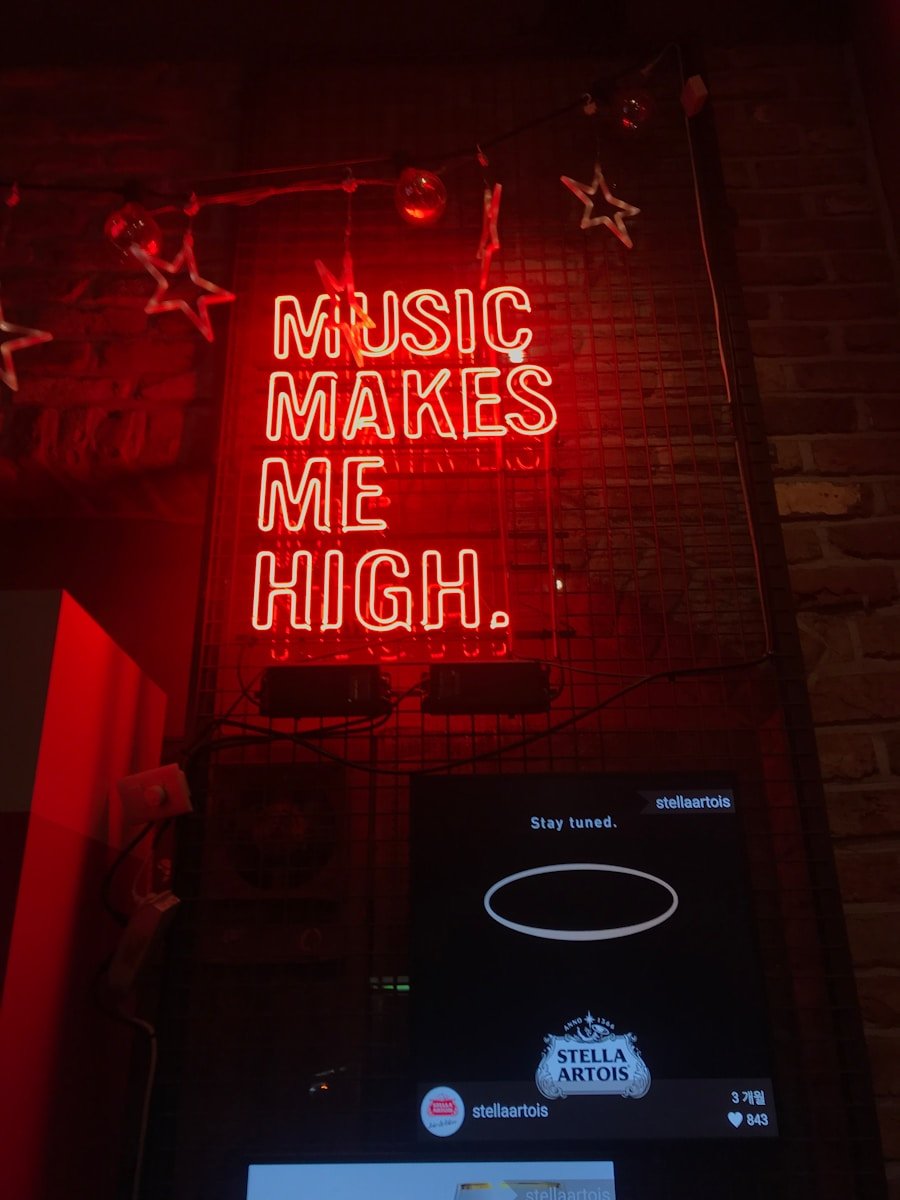Music production has roots that stretch back to the dawn of human civilization. In those early days, music was an organic expression of culture and emotion, often created using rudimentary instruments made from natural materials. You can imagine early humans gathering around a fire, using their voices and simple tools to create sounds that resonated with their experiences.
This communal aspect of music was not just about entertainment; it served as a means of storytelling, ritual, and connection among people. As you delve into the history of music production, you’ll find that it has always been intertwined with the human experience, evolving alongside societal changes. As societies progressed, so did the methods of music creation.
The invention of written language allowed for the documentation of musical ideas, leading to the development of notation systems. This shift enabled composers to share their work more widely, laying the groundwork for more structured forms of music production. You can see how this evolution paved the way for the emergence of professional musicians and composers, who began to create music not just for personal expression but also for public performance.
The early beginnings of music production were marked by a transition from spontaneous creation to a more organized approach, setting the stage for the complex industry we know today.
Key Takeaways
- Music production began with simple recording techniques and has evolved into a complex and technologically advanced process.
- Record labels emerged as a way to promote and distribute music, providing artists with a platform to reach a wider audience.
- Technology has revolutionized music production, allowing for greater creativity and accessibility for artists.
- The rise of music distribution platforms has made it easier for artists to share their music with a global audience.
- Music marketing has evolved from traditional methods to digital and social media strategies, allowing for more targeted and personalized promotion.
The Emergence of Record Labels
As music began to gain popularity in the late 19th and early 20th centuries, the concept of record labels emerged as a pivotal force in shaping the industry. You might think of record labels as the gatekeepers of music, responsible for discovering talent and promoting artists. The first record labels were established to produce and distribute recorded music, allowing artists to reach wider audiences than ever before.
This marked a significant shift in how music was consumed; no longer did people have to attend live performances to experience their favorite songs. Instead, they could listen to recordings in their homes, fundamentally changing the relationship between artists and their fans. The rise of record labels also brought about a new level of professionalism in music production.
You can appreciate how these companies invested in artists, providing them with resources such as studio time, marketing support, and distribution networks. This investment allowed musicians to focus on their craft while leaving the business side to experts. However, this also meant that record labels held significant power over artists, often dictating terms that could limit creative freedom.
As you explore this era, you’ll see how the dynamics between artists and record labels shaped the soundscape of popular music and influenced the careers of countless musicians.
The Impact of Technology on Music Production

Technology has always played a crucial role in the evolution of music production. From the invention of the phonograph in the late 1800s to the digital audio workstations (DAWs) used today, advancements in technology have transformed how music is created and produced. You can imagine how the introduction of magnetic tape in the mid-20th century revolutionized recording techniques, allowing for multi-track recording and editing.
This innovation gave producers unprecedented control over sound quality and arrangement, enabling them to craft intricate compositions that were previously unimaginable. As you consider the impact of technology on music production, think about how digital tools have democratized the process. Today, anyone with a computer and basic software can produce high-quality music from their bedroom.
This accessibility has led to an explosion of creativity, with independent artists emerging from all corners of the globe. You might find it fascinating that platforms like YouTube and social media have become essential tools for musicians to showcase their work and connect with audiences directly. The evolution of technology has not only changed how music is produced but has also reshaped the entire landscape of the industry.
The Rise of Music Distribution
| Year | Global Music Revenue (in billion USD) | Digital Music Revenue (in billion USD) | Physical Music Revenue (in billion USD) |
|---|---|---|---|
| 2015 | 15.0 | 6.7 | 6.1 |
| 2016 | 15.7 | 7.8 | 5.4 |
| 2017 | 17.3 | 9.4 | 4.5 |
| 2018 | 19.1 | 10.9 | 3.4 |
| 2019 | 20.2 | 11.4 | 2.6 |
With the advent of recorded music came the need for effective distribution channels. In the early days, physical formats like vinyl records and cassette tapes dominated the market, requiring a robust infrastructure for manufacturing and distribution. You can appreciate how record labels played a vital role in getting music into stores and into the hands of consumers.
However, as technology advanced, so did distribution methods. The rise of CDs in the 1980s marked another significant shift, offering improved sound quality and durability compared to previous formats. In recent years, digital distribution has transformed how music reaches listeners.
You might be aware that platforms like iTunes and Spotify have revolutionized access to music, allowing users to stream or download songs instantly. This shift has not only changed consumer behavior but has also forced record labels and artists to adapt their strategies. You can see how independent musicians now have more opportunities than ever to distribute their work without relying solely on traditional record labels.
The rise of digital distribution has democratized access to music, enabling a diverse range of voices to be heard in an increasingly crowded marketplace.
The Evolution of Music Marketing
As the music industry evolved, so too did marketing strategies aimed at promoting artists and their work. In earlier decades, marketing was primarily focused on physical media—posters, radio play, and live performances were key components in getting an artist’s name out there. You might recall iconic album covers or memorable television appearances that helped propel musicians into stardom.
However, as technology advanced and consumer habits shifted, marketing strategies had to adapt accordingly. Today’s music marketing landscape is heavily influenced by digital platforms and social media. You can see how artists now engage with fans directly through platforms like Instagram, TikTok, and Twitter, creating a more personal connection that was previously unattainable.
This shift has led to innovative marketing campaigns that leverage viral trends and user-generated content to promote new releases. As you explore this evolution, consider how artists are now not just musicians but also brand ambassadors who must navigate a complex web of online presence and audience engagement.
The Influence of Radio and Television

Radio and television have long been powerful mediums for promoting music and shaping public taste. In the early 20th century, radio became a primary source for discovering new songs and artists. You might remember how iconic radio shows introduced listeners to emerging talent and helped establish musical trends.
The ability to broadcast music across vast distances allowed artists to reach audiences far beyond their local communities, fundamentally changing how music was consumed. Television further amplified this influence by providing a visual platform for artists to showcase their work. Shows like “American Bandstand” and “Top of the Pops” became cultural phenomena that not only highlighted popular songs but also shaped fashion and youth culture.
You can appreciate how these mediums created a shared experience among viewers, fostering a sense of community around music. As you reflect on this influence, consider how radio and television have paved the way for today’s multimedia approach to music promotion.
The Role of Streaming Services in the Modern Music Industry
In recent years, streaming services have emerged as dominant players in the music industry, fundamentally altering how we consume music. Platforms like Spotify, Apple Music, and Amazon Music have made it easier than ever for listeners to access vast libraries of songs at their fingertips. You might find it interesting that this shift has not only changed consumer behavior but has also impacted how artists approach their careers.
With streaming becoming the primary revenue source for many musicians, understanding algorithms and playlist placements has become crucial for success. Streaming services have also democratized access to music in unprecedented ways. Independent artists can now reach global audiences without needing a traditional record label’s backing.
You can see how this has led to a surge in diverse musical styles and voices being represented in mainstream culture. However, this new model also raises questions about fair compensation for artists, as many struggle to earn a living wage from streaming royalties alone. As you navigate this landscape, consider both the opportunities and challenges that streaming services present for artists today.
The Future of the Music Industry
Looking ahead, the future of the music industry is poised for continued transformation driven by technological advancements and changing consumer preferences. You might envision a landscape where virtual reality concerts become commonplace or where artificial intelligence plays a role in music creation and production. As technology continues to evolve, so too will the ways in which we experience and interact with music.
Moreover, as issues surrounding artist compensation gain more attention, there may be shifts toward more equitable models that prioritize fair pay for creators. You can appreciate how movements advocating for artist rights are gaining momentum, pushing for changes that could reshape industry standards for years to come. As you reflect on these possibilities, consider your role as a listener in this evolving landscape—how your choices can influence trends and support artists in navigating this dynamic environment.
In conclusion, the journey through the history of music production reveals a rich tapestry woven from human creativity, technological innovation, and cultural shifts. From its early beginnings to its current state dominated by streaming services, each phase has contributed to shaping what we know as the modern music industry today. As you engage with music in your own life, remember that you are part of this ongoing story—one that continues to evolve with each new note played and every song shared.
